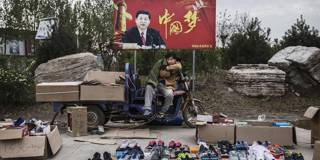OnPoint Subscriber Exclusive
Longer Reads provide in-depth analysis of the ideas and forces shaping politics, economics, international affairs, and more.

China’s Rebalancing Imperative
China’s deeply entrenched countercyclical policy mindset is misaligned with its structural challenges: mounting deflationary risks, exacerbated by the lethal interplay between a rapidly aging population and serious productivity problems. The authorities need to devise a new response to unleash consumption-led growth.
NEW HAVEN – China is facing a broad constellation of problems: an underperforming economy, a superpower conflict with the United States, stiff demographic headwinds, and a serious productivity challenge. Its policy response so far has drawn on a playbook that has proven successful in the past but that may not be enough today. Battered from all sides, Chinese authorities need the courage and imagination to devise new solutions.